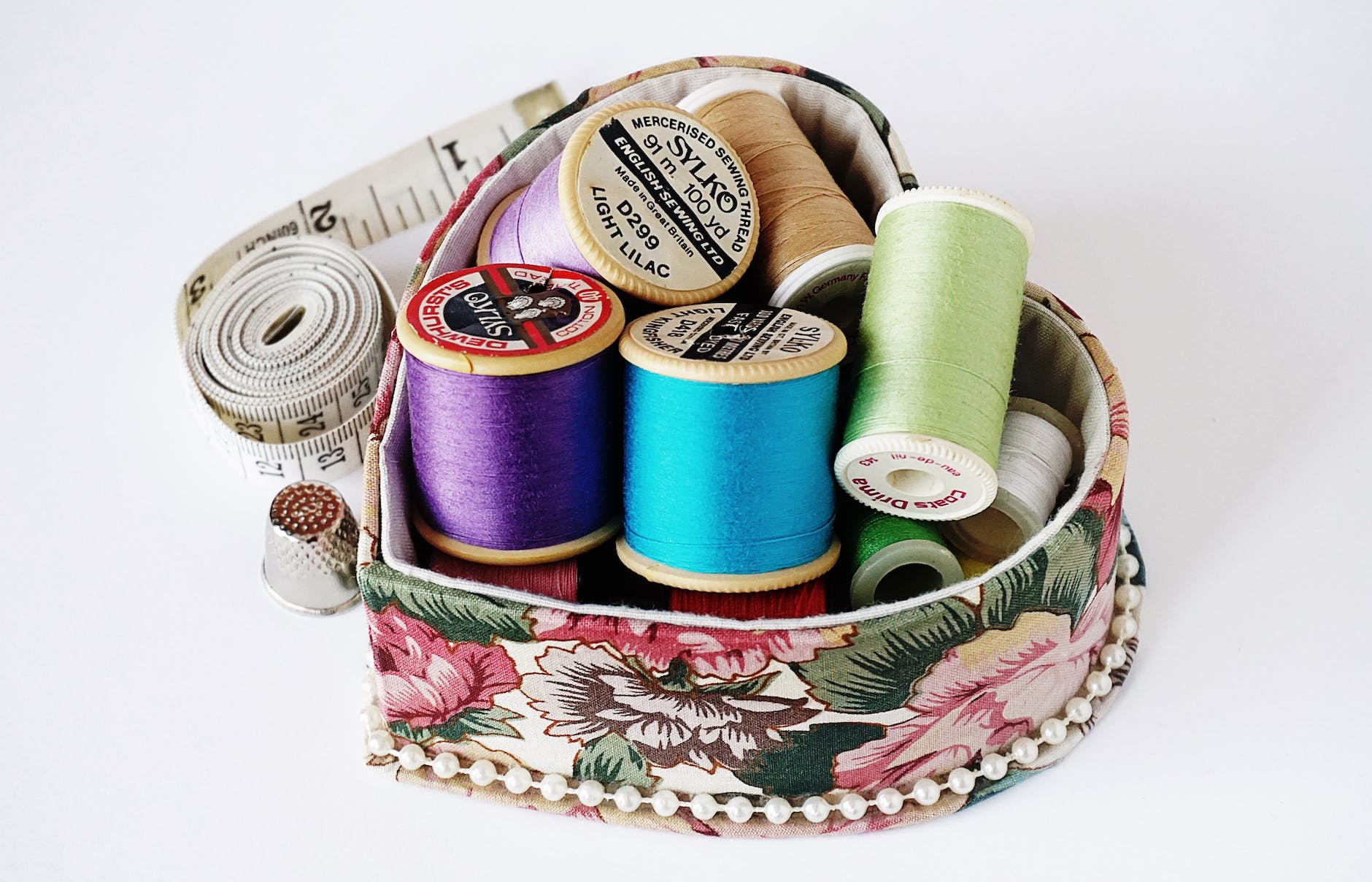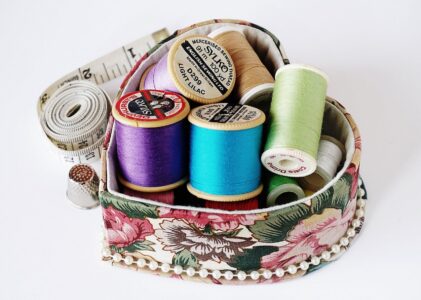Almost every one of our classes has some “frustrating” students in it. These are usually (but not always) the students that know sewing, but don’t speak English. They run ahead on the projects without waiting for the teacher OR looking at the instructions. Inevitably, these students create problems for themselves and have to redo the project.
As the director of the program, I’ve been reflecting and studying up on how to communicate better with these “troublesome” students, and in that process, I realized something – if I was to be suddenly placed in an Afghan sewing factory, I would (of course) consider myself experienced at sewing. I’m a teacher after all! But that knowledge may not transfer like I would expect. I wouldn’t be able to understand the boss’s instructions, or read the patterns and I wouldn’t understand their methods or their hand crank sewing machines. I’d probably try my best to muddle through and end up making lots of mistakes in sewing the “Afghan way”. And it would be embarrassing and frustrating to me…just like it is to our students who know sewing, just not the American way. I’d be the “troublesome” one, simply by using the knowledge I thought was correct. Our students that are running ahead on projects are doing it because they’re creative, skilled and trying to problem-solve by figuring out an item’s construction as best they can. These “mistakes” are actually a part of the learning process. When I stop to realize my students’ ingenuity and perseverance in sewing when they can’t understand us, the teachers, or read any of the pattern, my perspective changes.
One of my friends recently communicated with a professional dressmaker in an west Asian country who is making a wedding dress for her daughter’s upcoming marriage to a Kurdish guy. My friend is a sewing expert. And yet, she said the measurements that the dressmaker asked for were NOTHING like my friend had ever experienced or used. My friend was so confused and every measurement set she sent over was kicked back as incorrect. The dressmaker in this country eventually had to have a video call with my friend to sort through what measurements were called for. Even during the call, my friend was completely baffled by why this or that measurement was asked for. By the end of the session, she was very nervous about the dress’ fit – what in the world were these measurements?? And yet when the dress arrived, it fit her daughter like a glove and looked absolutely gorgeous in the engagement pictures. My friend said it was a reminder to her of how different methods of sewing and measuring can be around the world!
Recognizing that there is more than one right way to accomplish a task is important for us as teachers, even if we ARE trying to prepare our students for the American workforce. But beyond that, putting ourselves in our students’ shoes through empathy is vital in creating a trauma-healing classroom experience. In the Teach Better blog, author Sari Goldberg McKeown points out that, “Empathy has the ability to move us towards deeper, more meaningful relationships. This is critical in the classroom. An empathetic teacher has the ability to enhance learning.” By embracing empathy instead of frustration, one of our teachers was able to brainstorm a new way of approaching our project teaching that will (hopefully) help our already experienced refugee students better visualize the “American” way of sewing and thus be less frustrated in class.
All this to say – as teachers, we must keep on being patient! The students are trying their best with what they understand to do and it is our job to help them learn to read directions, look at pictures, interpret pictures, learn new methods, new machines, new words. We must allow these experienced sewers to have dignity – after all, they HAVE sewn quite a bit. Yet somehow we have to help them to learn the new methods in a way that is empowering. This type of teaching/learning can be challenging for both teacher AND student. We’re all in this together. When we as teachers have empathy and make our classroom a place of welcome, a place of respect and most of all, a place of friendship, then our students will grow…and we will grow as well.


